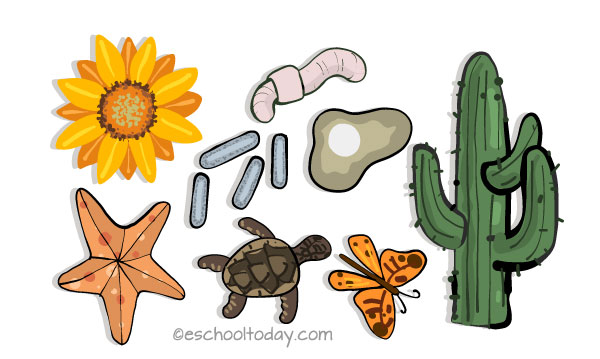- Asexual Reproduction
What is Asexual Reproduction
Asexual reproduction in living organisms is the making of their offspring (young ones) from the cell of only one parent without the need for the opposite gender.
Reproduction ensures that living organisms are maintained so that as older ones die, new offsprings are produced to replace them. Reproduction in living organisms happens in two interesting ways: Sexual and Asexual Reproduction. In both ways, new offsprings are made although the processes are distinctively different. Offspring in biology is the young organism produced by its parent organism. An offspring can be a product of sexual reproduction or asexual reproduction.
How do living things reproduce? Which of these organisms reproduce asexually?

Differences between Asexual and Sexual Reproduction.
Asexual Reproduction
- Only ONE parent is involved.
- There are no sex cells released, and there is no fertilization involved.
- The offspring are produced by cell division. As a result, the offspring are identical to the parent and have identical genetic makeup (DNA). The biological term for two organisms with the same DNA is ‘clone’.
- Asexual reproduction is common in simpler life forms such as yeast, amoebas, and bacteria.
Sexual Reproduction
- Here, TWO parents are involved.
- One parent, often the male produces a male cell (known as sperm cell). The other parent, which is a female, produces the egg cell (known as ovum). Both cells are called gametes.
- These gametes join in a process called fertilization.
- The offsprings from sexual reproduction are not identical to the parents because the DNA (genetic traits) come from two different individuals.
- Complex life forms such as humans, reptiles, and mammals reproduce sexually.
Types of asexual reproduction include Binary Fission, Budding, Regeneration, Spore Formation, Fragmentation, Vegetative Propagation, and so on. Here is mo
